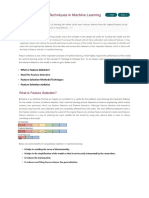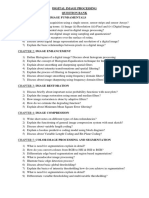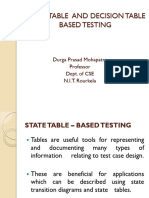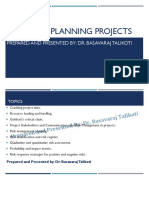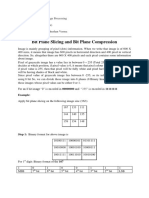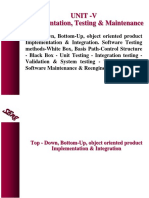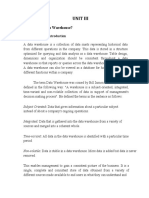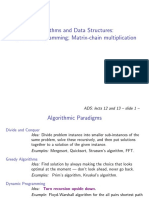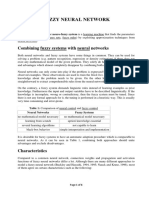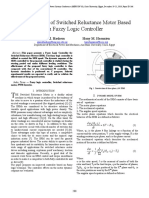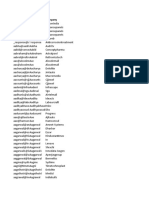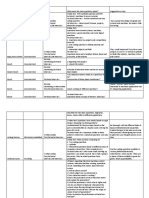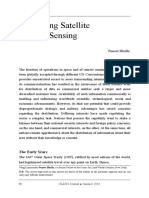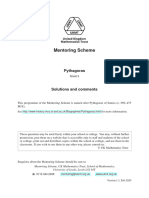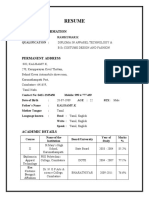0% found this document useful (0 votes)
238 views8 pagesProject Management Numericals Software Engineering
The document provides examples of calculating effort, development time, average staff size, productivity, and more for software engineering projects using COCOMO models. It also includes examples of determining critical paths, critical activities, expected time and variance for activities, and calculating function points for a project.
Uploaded by
NehulCopyright
© © All Rights Reserved
We take content rights seriously. If you suspect this is your content, claim it here.
Available Formats
Download as PDF, TXT or read online on Scribd
0% found this document useful (0 votes)
238 views8 pagesProject Management Numericals Software Engineering
The document provides examples of calculating effort, development time, average staff size, productivity, and more for software engineering projects using COCOMO models. It also includes examples of determining critical paths, critical activities, expected time and variance for activities, and calculating function points for a project.
Uploaded by
NehulCopyright
© © All Rights Reserved
We take content rights seriously. If you suspect this is your content, claim it here.
Available Formats
Download as PDF, TXT or read online on Scribd
/ 8


